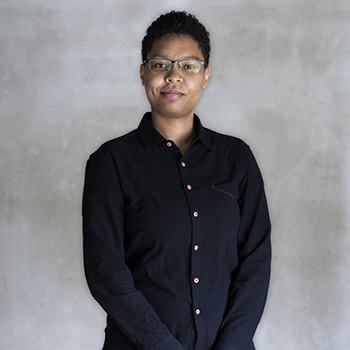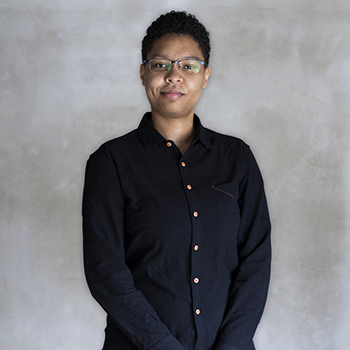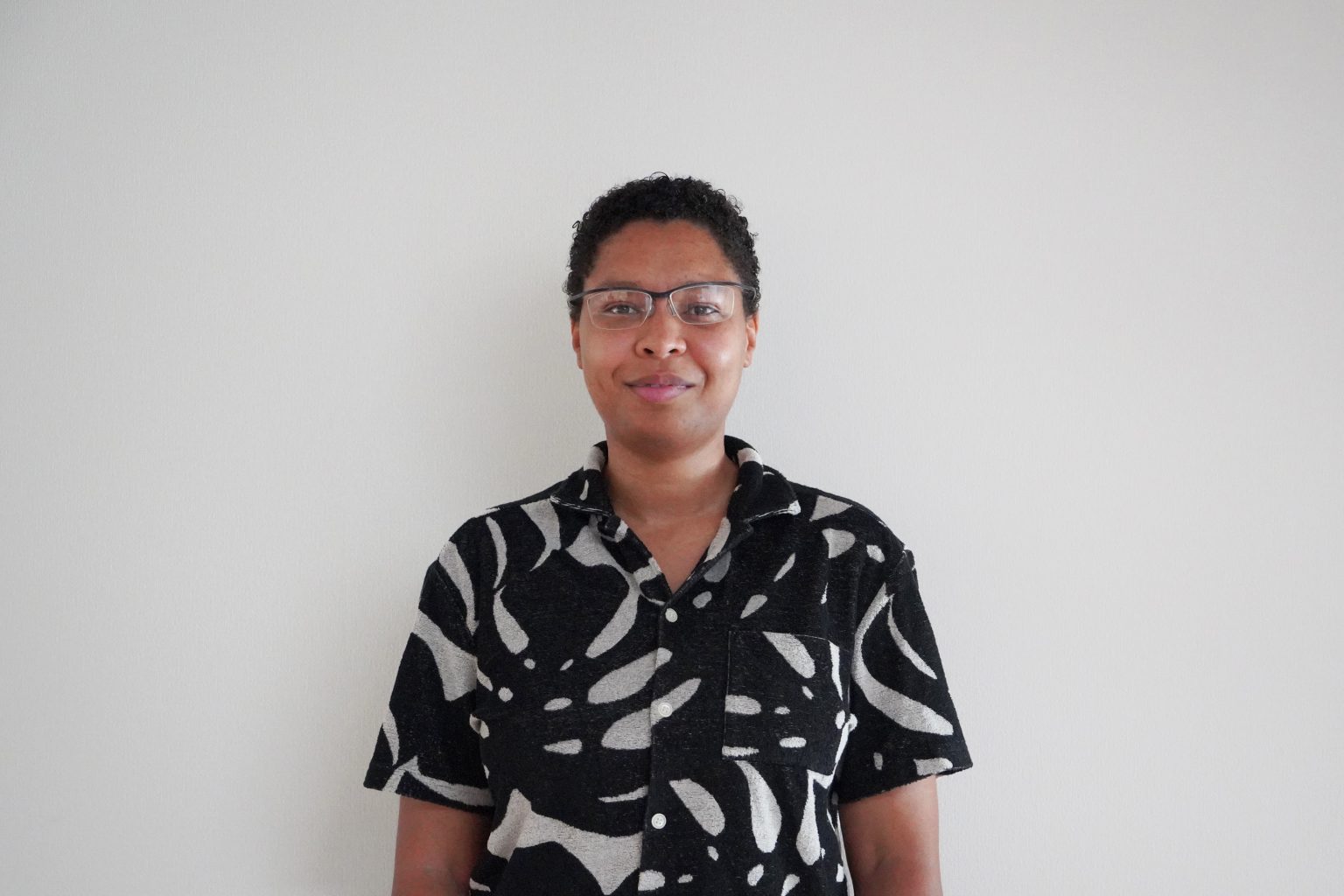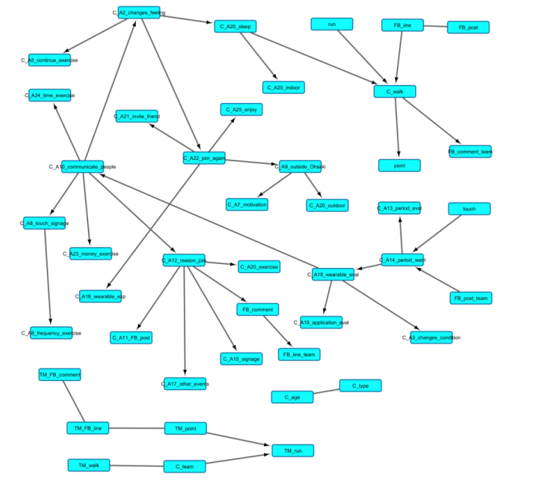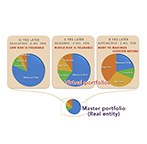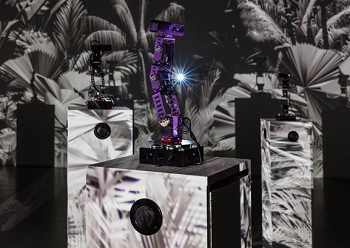Kyoto Research
Project Associated with "The N=2 of Life"
複雑なシステムの
識別における失敗
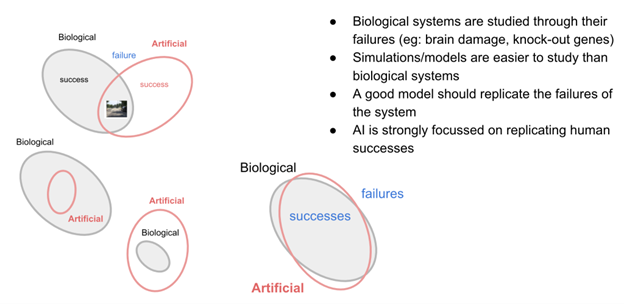
Failure replication
2つのシステムが同じタスクをまったく異なる方法で成功することがあります。たとえば、飛行機は飛行に成功しますが、その飛行は鳥の飛行とは大きく異なります。逆に、2つのシステムが同じタスクを異なる方法で失敗する場合、このシステムが同じ方法で動作している可能性は低いと、現在の人工知能(AI)研究者には認識されています。しかし、AIの焦点は依然として、人間の成功の兆候と見なされるいくつかのタスクの再現に圧倒的に置かれており、文章の執筆やその他の言語に関連する能力、画像認識、画像生成などが含まれます。このようなAIがこれらのタスクで失敗するとき、人間とは大きく異なる方法で失敗することがあります。
工学と自然科学では、複雑なシステムの理解を深めるためのツールとして、意図的な失敗を利用しています。神経科学と心理学では、脳がどのように機能するかを理解する最も説得力のある方法の一つとして、脳がどのように失敗するかについて研究されています。脳の損傷、非合理的な意思決定、感覚の錯覚など、脳の失敗を引き起こす内部または外部の変化は、脳が成功する方法を見つける手段です。失敗は、神経科学を超えた複雑なシステムを理解するためにも使用されます。コンピューターソフトウェアのリバースエンジニアリング、動物の行動の理解、固体材料の同定などが含まれます。失敗は科学自体を定義する要素でもあります。仮説は「反証可能」である場合にのみ科学的と見なされ、それが反復的に失敗することができるかどうかが評価されます。
人工知能などの人工的なアプローチは、既存の生物学的システムを理解するだけでなく、それらのシステムのより忠実なモデルを構築するために、既知の生物学的ターゲットの失敗を使用してモデルを認証することができます。
最近の、視覚錯覚に関する研究では私自身の研究も含め、このアプローチを用いているものがあります。錯覚は感覚の失敗の魅力的な例です。これらは、私たちの脳内の独立したプロセスによって提供される情報の間に衝突があることを示します。他の動物種も視覚錯覚に惑わされることがあり、これは根本的な原因がある可能性を示唆しています。
神経ネットワークに基づく人工システムが特定の種類の視覚錯覚に惑わされ、さらには人間を惑わす自身の錯覚を作成できる事実(Sinapayen (2021))は、生物学的および人工的なシステム間の共有された失敗点の良い例です。これらのネットワークのブラックボックス性質にもかかわらず、私たちの研究は、視覚環境と脳の画像予測能力との相互作用が視覚錯覚の根本原因である可能性を示しています。
Members
Related News
Planetary Scale Replication as an Agnostic Biosignature
同じリサーチエリアの別プロジェクト
Cybernetic Intelligence
大規模データ解析ツール
人とAIの協動によるストレスフリーなカスタマーサービスの実現へ
ゴールベース資産運用プラットフォーム
人間とAIロボットとの関係性を問いかける体験型インスタレーション
Fundamental Research
ゴールベース資産運用プラットフォーム
